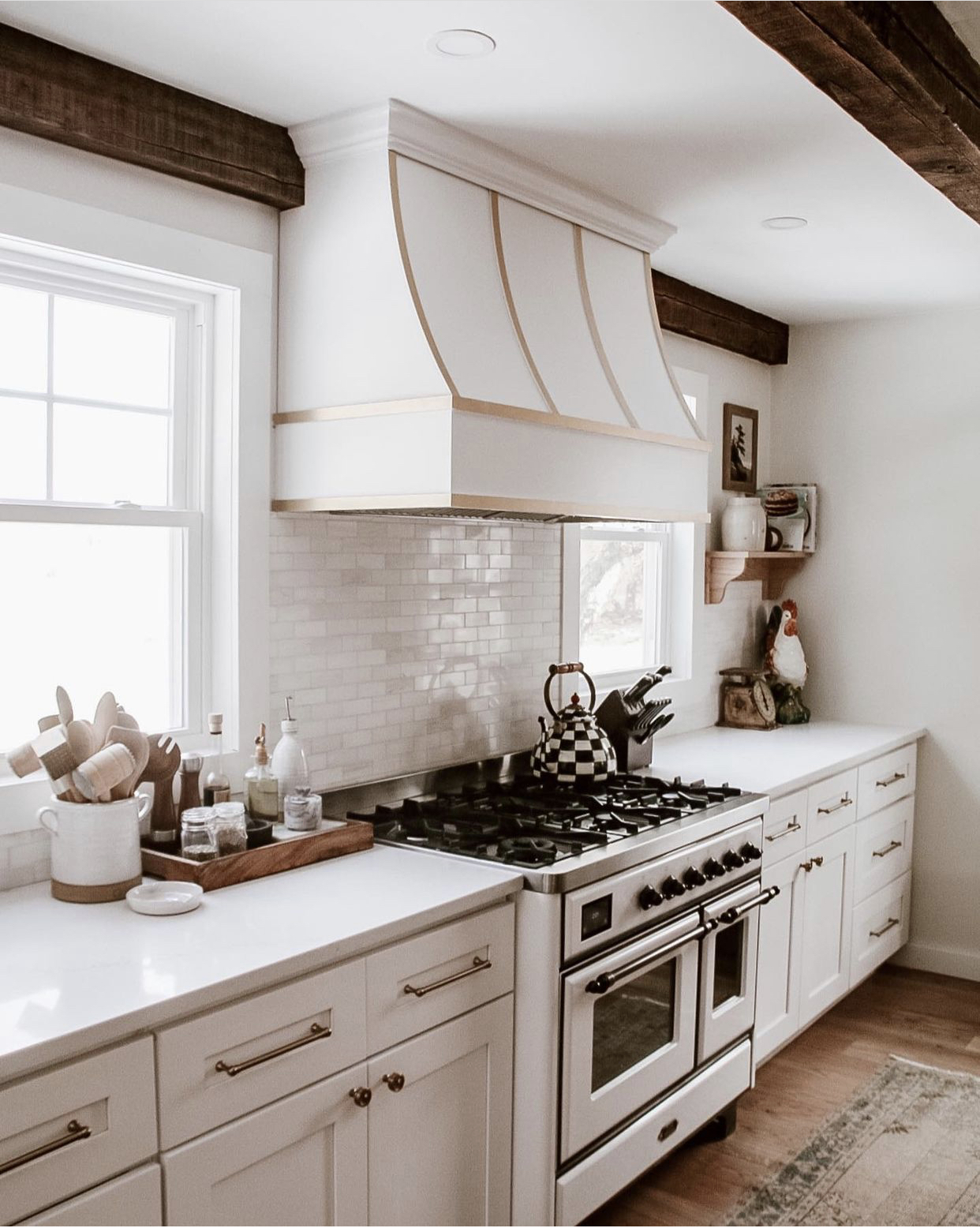VIEW BLOG CATEGORIES
Search the blog
About Sandra
SML is an online destination that serves as an eclectic resource for inspiration and covers everything from fashion to home décor, travel, life advice recipes and wellness.
Get interior design Help
Shop the PResets
Shop Cloak + Linen
Do you think it’s possible to become debt free or reach personal financial goals?
Over a year ago, The hubby and I started on a journey to become debt free (minus our mortgage). Using You Need A Budget (YNAB) has been a key tool in helping us achieve our financial goals including having paid for over 95% of our home renovations last year in cash and not on credit cards.
We started with a program many of you know well from Dave Ramsey. To be honest although it was good I didn’t find it friendly enough for our everyday monthly budgeting. As a visual learner, I love when software or a system is not only pretty to use but that most of the hard work of setting it up is done for you. (At one point I even tried setting up Quickbooks) which I found to be to complicated for me seeing that this was just for budgeting our household income.

Enter You Need A Budget (our ally in our financial goals). You Need A Budget is the award-winning app and proven method that helps you gain total control of your money so you can plan for the things you really want out of life. When we were renovating our kitchen I often asked “how will we afford this”. YNAB helped us stay on track with their Four Rules which is different from anything you’ve tried before because they teach you how to prioritize and plan, so you have the money for the things that are most important to you—whatever they are. This method sets you up for success by treating the budget as a daily lifestyle tool, rather than aspirational plan that gets thrown out the window as soon as it gets set off-track.
RULE 1:
1. Give Every Dollar a Job. Know exactly how you want to spend the money you have available – and only the money you have right now – before you spend a dime. This helps insure that you have money for the things that matter most to you—whatever it might be.
This rule is helpful for sorting out your must haves and your wants on your renovation list. If renovating your kitchen for example and you want that fancy brass faucet, budget for that and say spend less on a fancy backsplash. Think of your money as working for you and don’t let it sit around idle.
RULE 2:
2. Embrace Your True Expenses. Figure out what you really spend and treat those
infrequent expenses (like twice-a-year car insurance or replacing your laptop every two years) like monthly expenses in your monthly budget. Breaking big or uncommon expenses down means you won’t be surprised by them.
It was all about planing for us. Our contractor allowed up to make payments along the way of the project which really helped us to pay more of what we did in cash. If you can find a contractor that is flexible in his payment terms go for it.
RULE 3:
3. Roll With the Punches. Accept that things change and your budget needs to be flexible. You won’t spend the same amount on all categories every month, so be prepared to move money around. Moving money around doesn’t mean you are budgeting wrong, it means you are actually budgeting! Speaking of the backsplash. We used this rule for sure. I wanted this “fancy” tile from Morocco and as the kitchen came together and I saw that the money for the tile could spent on a nicer hood above the stove we moved the money around for that. Be open to flexing where your money is spent.
RULE 4:
4. Age Your Money. Break the paycheck to paycheck cycle by aiming to reach the point of using the money you earned last month to pay this month’s expenses. This margin will create more peace of mind than you can even imagine.
- Give every dollar a job
- Embrace your true expenses
- Roll with the punches
- Age your money

Renovating and sticking to a budget is possible. Plan ahead for a renovation. Make your wish list, save for that wish list (and try not to deviate from it). You have to LOVE your renovation once it’s all done, so spend money on quality things that get used often. Your stove, your faucet, and your appliances. You don’t NEED marble countertops do you, save money there. The kitchen pendant lights … no they don’t need to cost an arm and a leg. Decor? Find some pretty vintage pieces to give your new space a lived in vibe. First we laid out what were must haves and what were on our wish list.
On average new budgeters save more than $600 by month two and $6,000 in their first year! Think about what you can do with that. Hundreds of thousands of people are obsessed with You Need A Budget and say that it is the best thing to ever happen to their finances. A budget is an essential and joyful part of life planning, and it can make your biggest goals a reality.
Leave a Reply Cancel reply
Wherever you live, however you live, Sandra’s goal is to help you create spaces you want to come home to. Spaces that feel welcoming, effortless and ready for living.